Failed Drug Test Letter Template for Employers and Employees
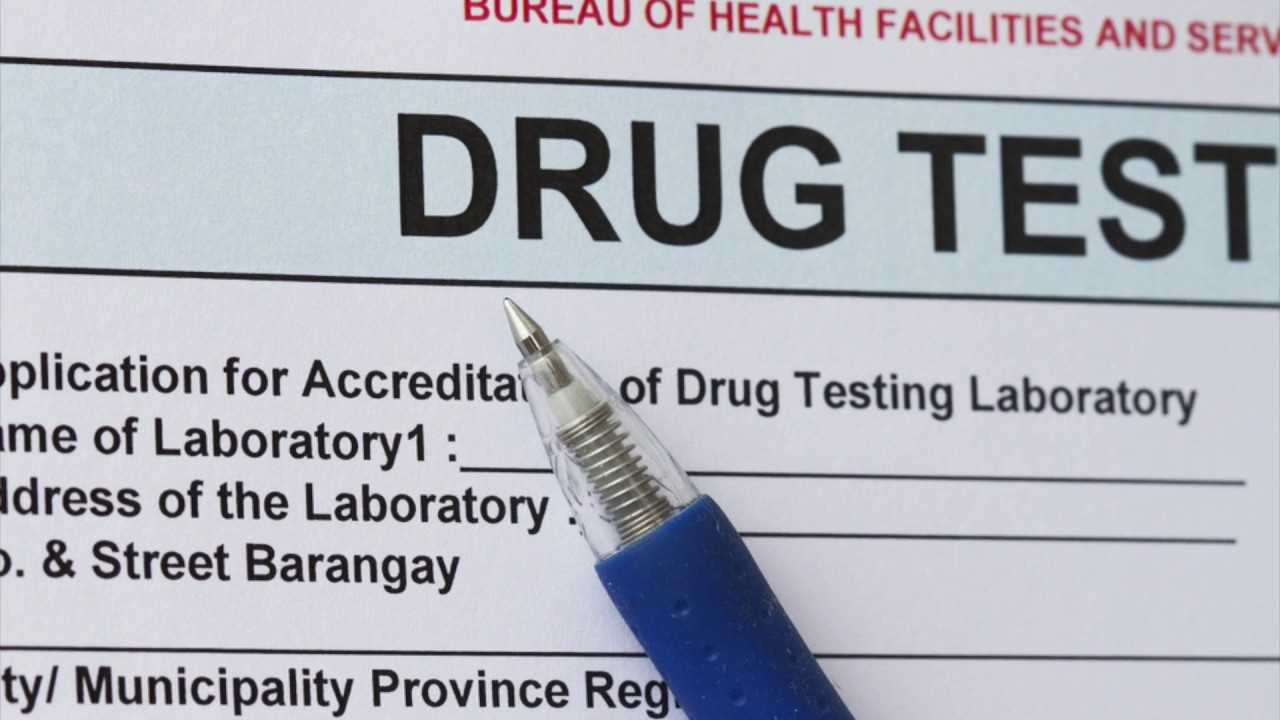
When employees undergo substance screenings, the results can sometimes lead to challenging situations. Clear and professional communication is essential to address any negative outcomes. A well-crafted notification ensures that the process is handled with respect, fairness, and adherence to company policies.
It’s important to communicate the results appropriately, especially when the outcome is not as expected. The content should outline the steps taken, possible consequences, and the options available for the individual involved. Handling this communication correctly helps maintain trust and compliance with workplace regulations.
Effective communication during this stage can prevent misunderstandings and minimize potential legal risks. Using a structured approach to inform employees of the situation will demonstrate professionalism while also safeguarding the rights of both the employer and the employee.
Importance of a Failed Drug Test Letter
When an employee receives a negative result from a substance screening, it is crucial for the employer to communicate the outcome in a clear, professional, and legally compliant manner. The notification serves not only as an official document but also as a way to ensure transparency and avoid any confusion about the next steps. A properly structured message upholds the integrity of the workplace and protects both the employer and the employee from potential legal complications.
Maintaining Professionalism and Trust
Sending a formal communication ensures that the matter is handled with respect and seriousness. This document should be free from emotional language and maintain a neutral tone to ensure that the individual’s dignity is preserved. By doing so, the employer strengthens trust within the organization, reinforcing a culture of fairness and accountability.
Ensuring Legal Compliance
Another important aspect is compliance with local and federal laws regarding substance use and workplace regulations. A well-written notification outlines the specific policies in place and the consequences for not meeting these standards. This helps mitigate any legal risks that could arise if the process is not properly documented or if the employee feels their rights have been violated.
Key Elements to Include in the Letter
When drafting a formal communication regarding an employee’s substance screening outcome, it is essential to include several key components to ensure clarity, transparency, and compliance with company policies. The document should be concise yet comprehensive, providing all necessary information while maintaining a respectful tone.
First, the communication should clearly identify the employee and specify the nature of the screening, including the date it was conducted. It is important to mention the policy that governs such procedures and outline the potential consequences as per company guidelines. Additionally, the document should offer the employee an opportunity to discuss the result further, if necessary, and explain the next steps in the process.
Incorporating specific instructions on how to appeal or request a retest, if applicable, can also be a valuable addition. Finally, the document should conclude with a polite closing, reinforcing the commitment to fair treatment and outlining the importance of compliance with company standards.
Legal Considerations When Sending the Letter
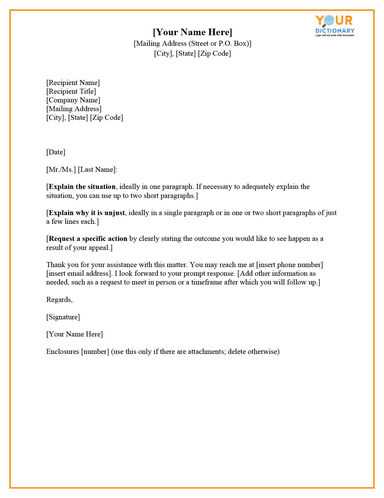
When communicating the results of a substance screening to an employee, employers must be mindful of several legal factors to ensure compliance with labor laws and minimize the risk of potential disputes. Failing to follow the appropriate procedures could expose the organization to legal challenges, including wrongful termination claims or accusations of discrimination.
One of the most important aspects is maintaining confidentiality. Sensitive information regarding an individual’s screening results must be handled with care and only shared with individuals who have a legitimate need to know. Employers should also ensure that their actions align with both state and federal regulations regarding privacy and employment rights.
| Legal Concern | Explanation |
|---|---|
| Confidentiality | Results should only be shared with authorized personnel to protect employee privacy. |
| Non-Discrimination | Ensure that the process is applied fairly to all employees to avoid discrimination claims. |
| Policy Adherence | Actions should align with company policy, which should be clearly communicated to employees. |
| State and Federal Laws | Comply with legal requirements regarding substance use, including ADA and FMLA guidelines. |
In addition to confidentiality, it is crucial to follow company policies on substance use, which should be clearly outlined in the employee handbook. Adhering to these policies helps ensure that all actions are consistent and legally sound. Employers should also consult legal counsel if unsure about any aspect of the process to prevent potential liabilities.
How to Address Employee Privacy Issues
When communicating sensitive results related to workplace screenings, safeguarding employee privacy is of utmost importance. Ensuring that personal information is handled with respect and within the boundaries of legal frameworks helps maintain trust and reduces the risk of legal complications. Employers should take proactive steps to protect the confidentiality of the individual involved and be transparent about the process.
Limit Access to Sensitive Information
One of the most critical aspects of privacy is controlling who has access to personal data. The results of any screening should only be shared with individuals directly involved in the decision-making process, such as HR personnel or relevant supervisors. It is important to establish clear policies that restrict access to only those who are legally allowed to view such information.
Clear Communication of Privacy Practices
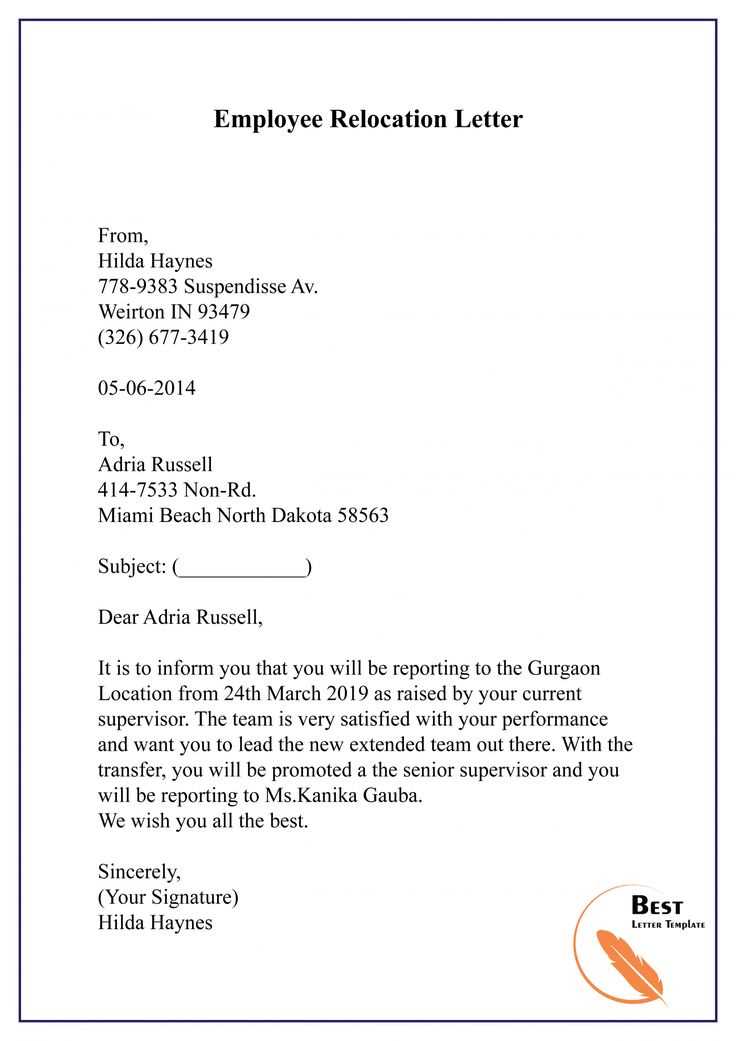
Employees should be informed about how their data will be used, who will have access to it, and the measures in place to protect it. A transparent privacy policy, communicated at the time of hiring or prior to any screening, can help set expectations and reduce misunderstandings. This builds trust and ensures that employees are fully aware of their rights regarding personal information.
Common Mistakes in Writing Drug Test Letters
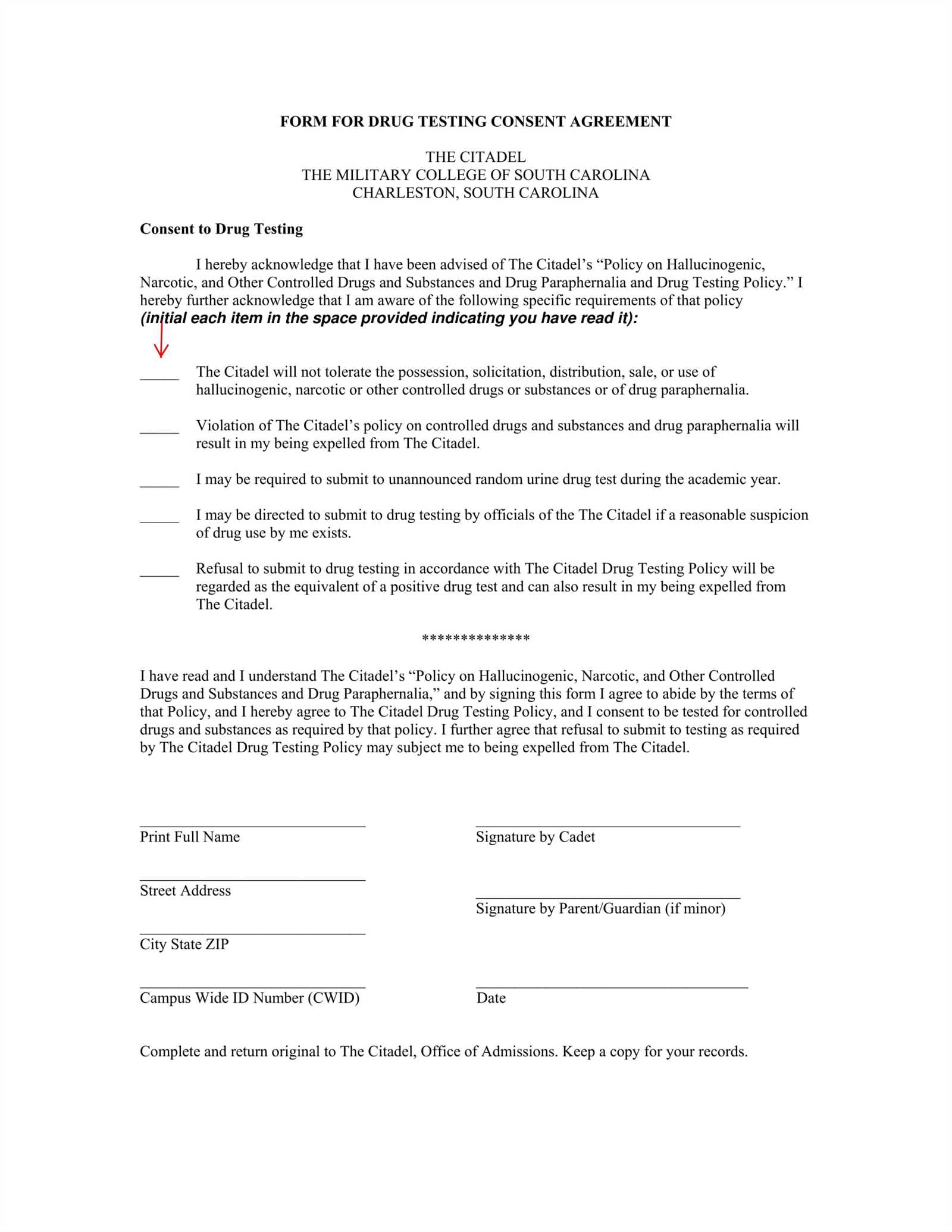
When drafting formal notifications regarding the results of employee substance screenings, it’s easy to make mistakes that can lead to confusion or even legal issues. These errors can undermine the effectiveness of the communication and create unnecessary tension between employers and employees. Recognizing and avoiding common pitfalls is essential for ensuring clarity and maintaining professionalism throughout the process.
Using Ambiguous Language
One of the most frequent mistakes is using unclear or vague language. The purpose of the communication is to inform the employee of the outcome, so any ambiguity can lead to misunderstandings. Be specific about the result, the policies that apply, and the next steps. Avoid language that could be interpreted as judgmental or unprofessional, as this can cause unnecessary distress or resentment.
Failing to Outline Next Steps Clearly
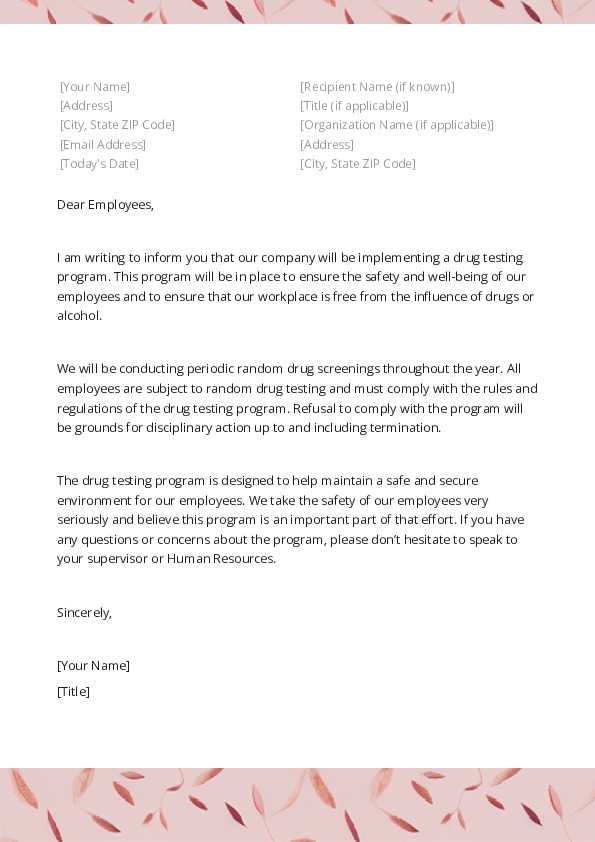
Another mistake is not providing clear instructions on what comes next. Whether it’s scheduling a meeting, outlining consequences, or offering a chance to appeal, employees need to know what to expect. A lack of clear guidance can leave employees confused or anxious, which may lead to further complications down the line. Always ensure that the next steps are outlined in a straightforward and unambiguous manner.
Effective Communication in Drug Test Letters
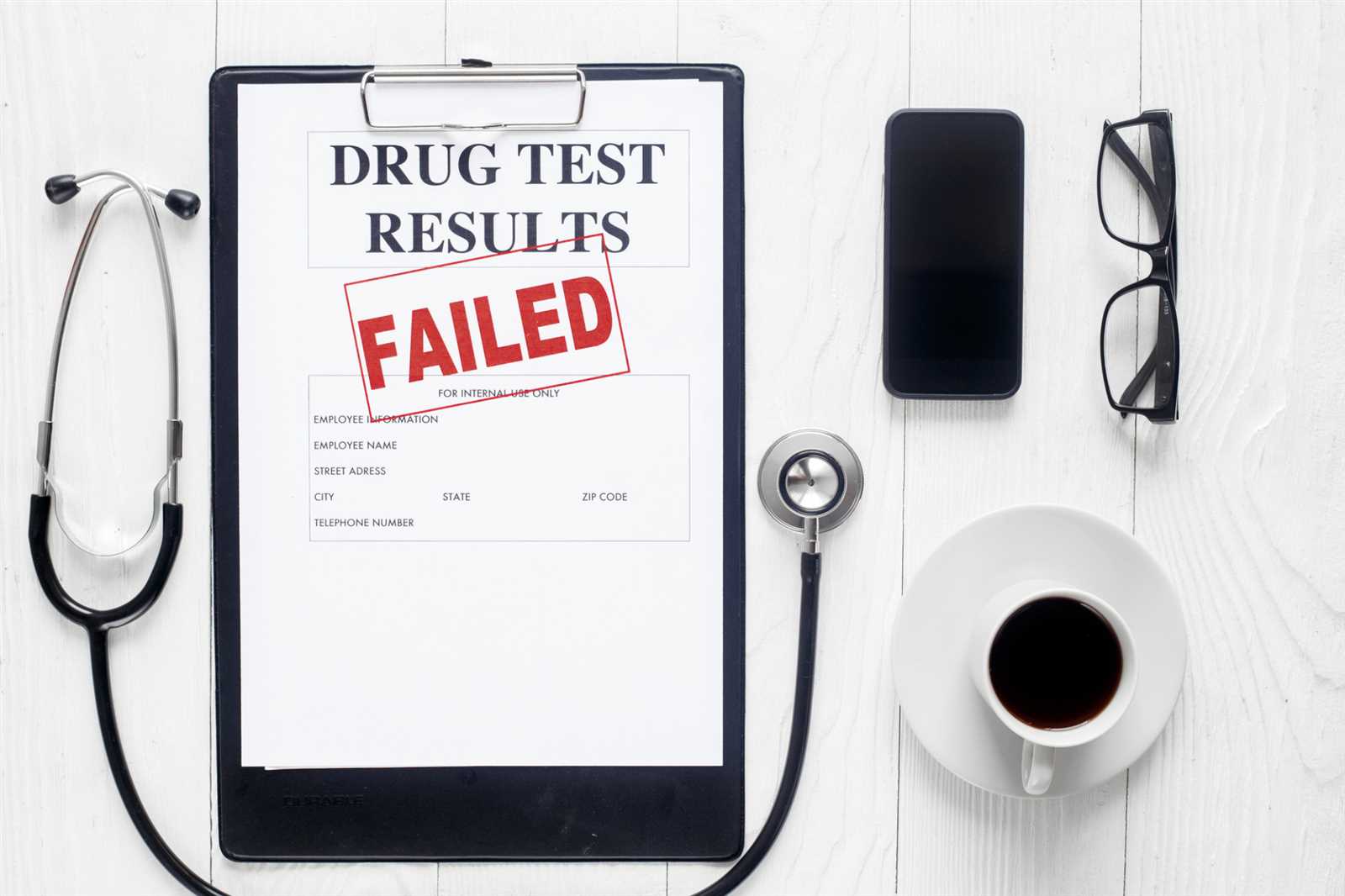
Clear and professional communication is crucial when informing employees about the results of a workplace screening. Properly conveying the message helps prevent misunderstandings and ensures that the employee fully understands the situation, their rights, and the next steps. An effective communication approach should be respectful, transparent, and concise.
To achieve this, consider including the following key elements in the message:
- Clarity: Avoid jargon and overly technical terms. Use simple, straightforward language that is easy to understand.
- Tone: Maintain a neutral and respectful tone throughout. Avoid emotional language or judgmental phrases.
- Specificity: Clearly state the outcome of the screening, the company policy that applies, and the actions that will follow.
Additionally, ensuring that the message is organized and easy to follow is vital. Use bullet points or numbered lists to break down complex information, making it more digestible for the reader. This not only helps the employee process the information more effectively but also reduces the likelihood of confusion or misinterpretation.
By using these practices, employers can ensure that the communication is both professional and effective, leading to a better understanding of the situation and fostering trust in the process.